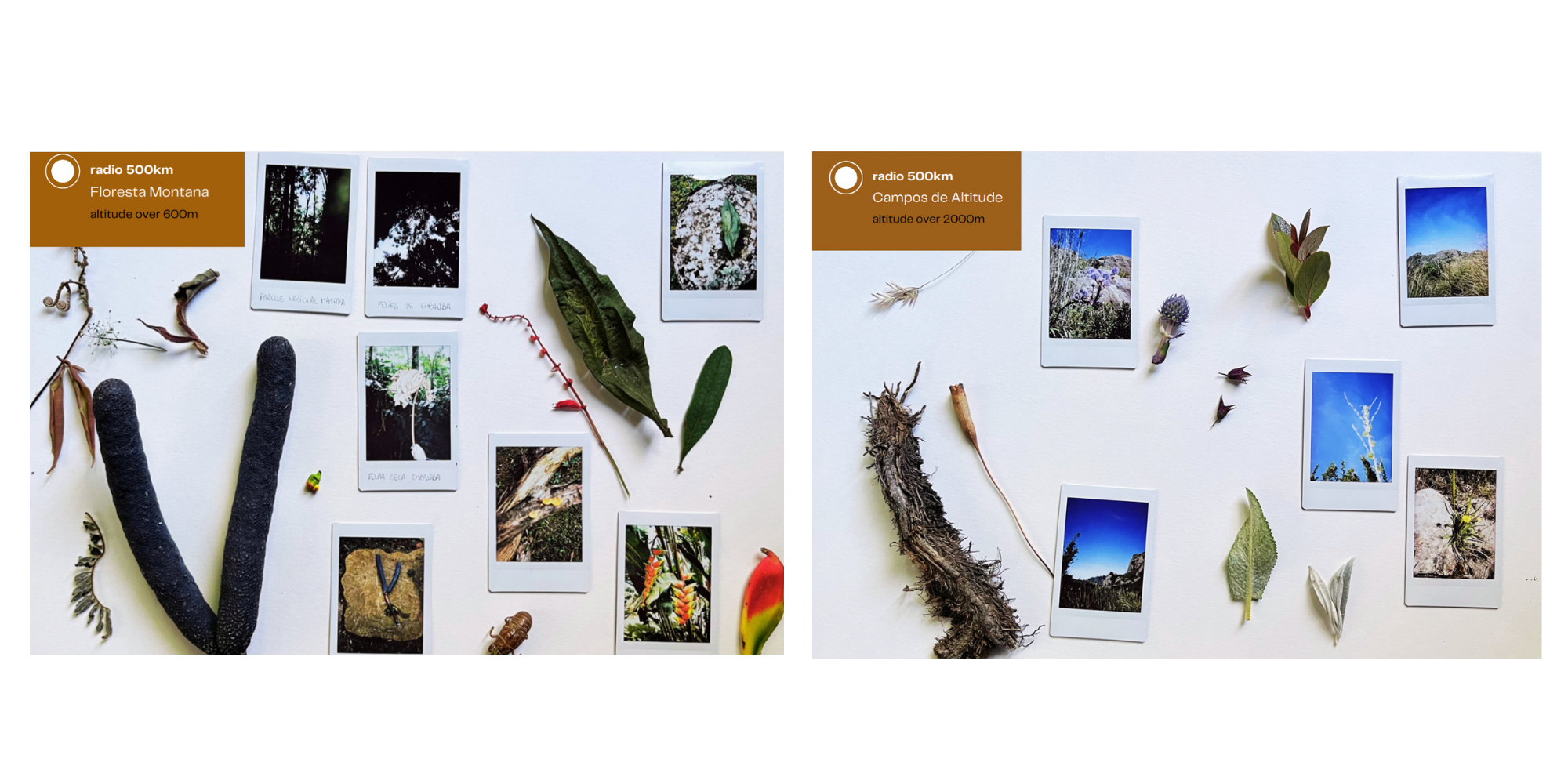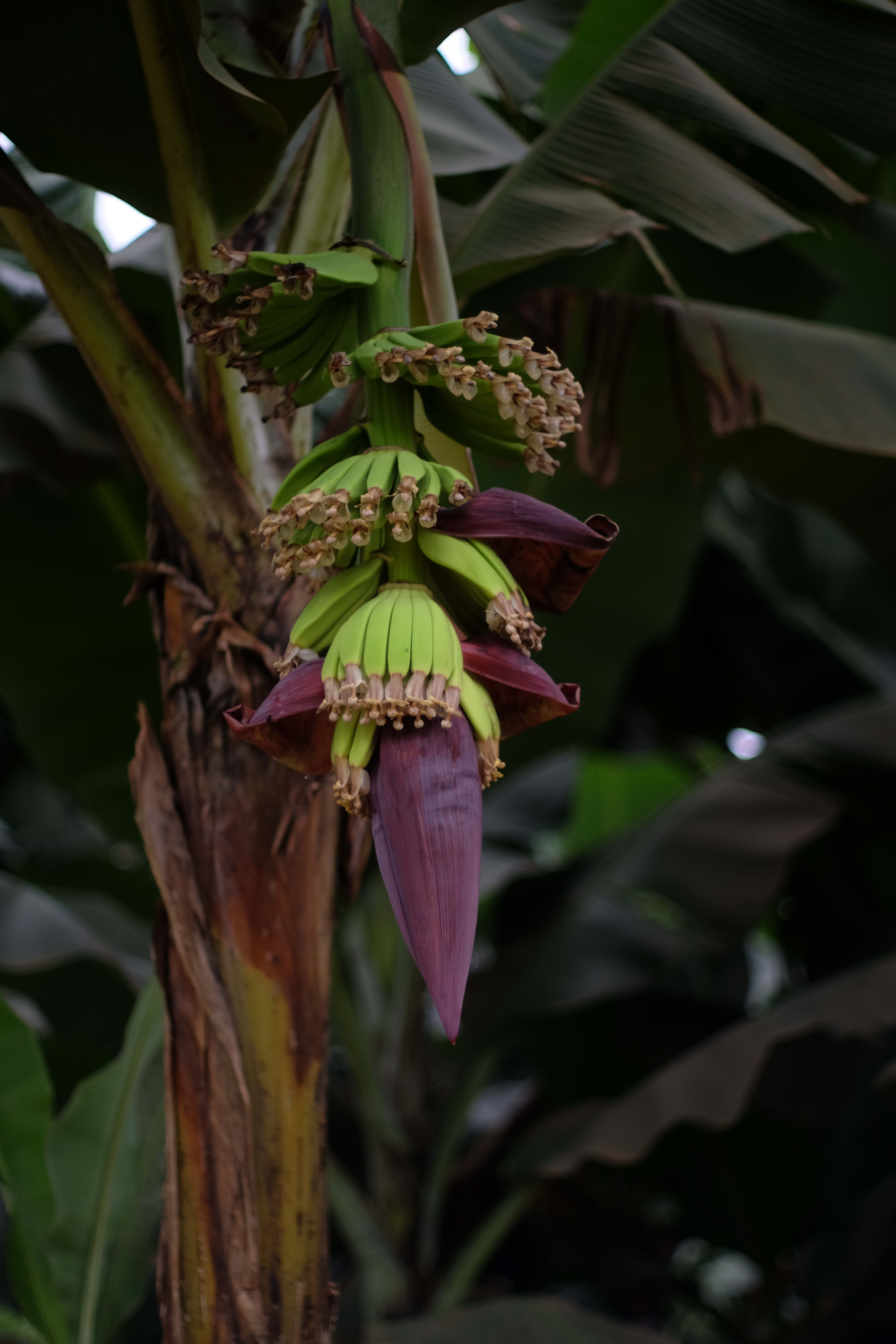Graduating this year, our first cohort of MA Regenerative Design students have been navigating simultaneously digital and local ecosystems and practicing within their communities - testing how to influence ecological and social change in a world where everything is interconnected.
Since first coming together in 2022, MA Regenerative Design (MARD) students and staff have been in deep collaboration mode, closely connected to each other and to their geographical communities of human and more-than-human life.
Rethinking design as an act of care for the wellbeing of our earth as a living system, MA Regenerative Design puts profit for ecology first. Students are helping to restore and find new ways of living respectfully with our world and all its co-habitants. Course Leader Judith van den Boom describes MARD as a “activating testbed and learning space where practitioners from different fields of design can zoom out of human-centric thinking and return to practice from a deeper ecological and relational understanding.”
This online learning community moves dynamically between different design disciplines, fluidly operating between the online, the local and the global. Working with care for situatedness, connectedness and belonging, learning is placed in the context of everyone’s various practices and geographies.
For the mid-career art and design professionals from around the world, theirs is “a practice of ecological re-imagination”, concerned with building ecosystem communities and possibility, opening up new perspectives on our world.
MARD’NESS
Judith’s ambition for the course is that students develop place-based practices, connecting the local and global, forming an expanded network of practice and rhizome community that supports biodiversity, place and species and fosters new learning and knowledge. There is a real energy when the students connect and when guest speakers from around the world challenge current notions on regeneration.
With applications open for 2024-25, the idea is to shape the course in a regenerative way, in content and logistics and create an online course that is rooted in place. The online format works as a connective platform, where students are working together, connected in social and critical engagement, building dialogue with each other and expanding into an extensive network outside of Central Saint Martins. In ecology nothing operates on its own, and the course wants to do this justice by operating as an interconnected living system. In the spirit of this identity, MARD spills out of the online space and into other online and physical situations. The course has been moving around and collaborating with others, including a collaborative unit with MA Architecture. It has also given opportunities for students to join around the globe, most recently in a collaboration with the Tina weaving community in Palawan in the Philippines.
Interested in showcasing their students work in non-traditional ways that show their voice and vision, the digital platform, MARD’NESS offers accounts of the diverse journeys and ecosystems that the second year designers are immersed in and the thought-provoking encounters in a shift from human-design monologue to living systems dialogue. The digital showcase was complemented with a physical display in the Central Saint Martins Window Galleries at the end of 2023.
-

Credit: Laura Middlehurst
-
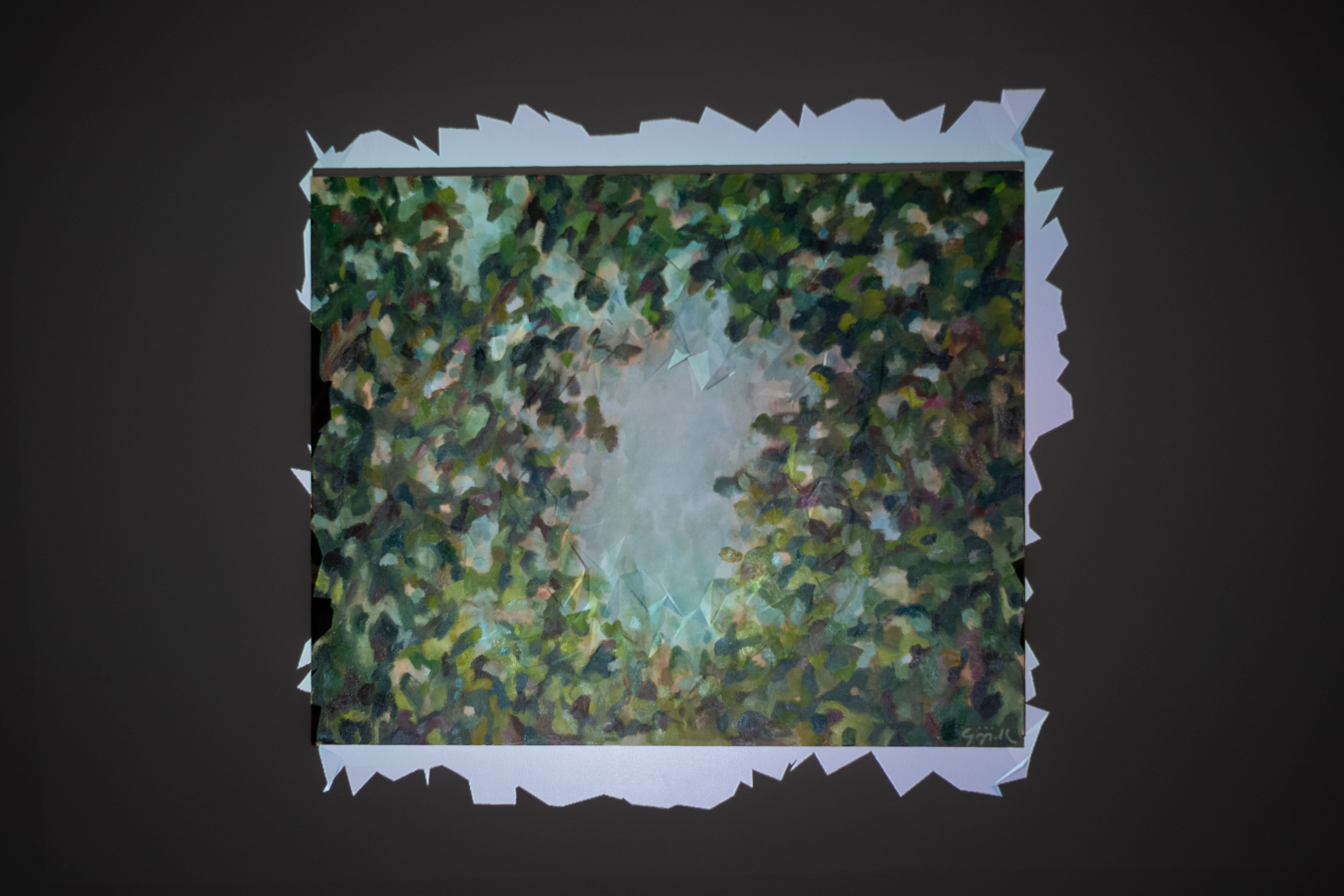
Ikki Kawanishi, MA Regenerative Design
-
Fieldwork by Bruna Cerasi, MA Regenerative Design
-
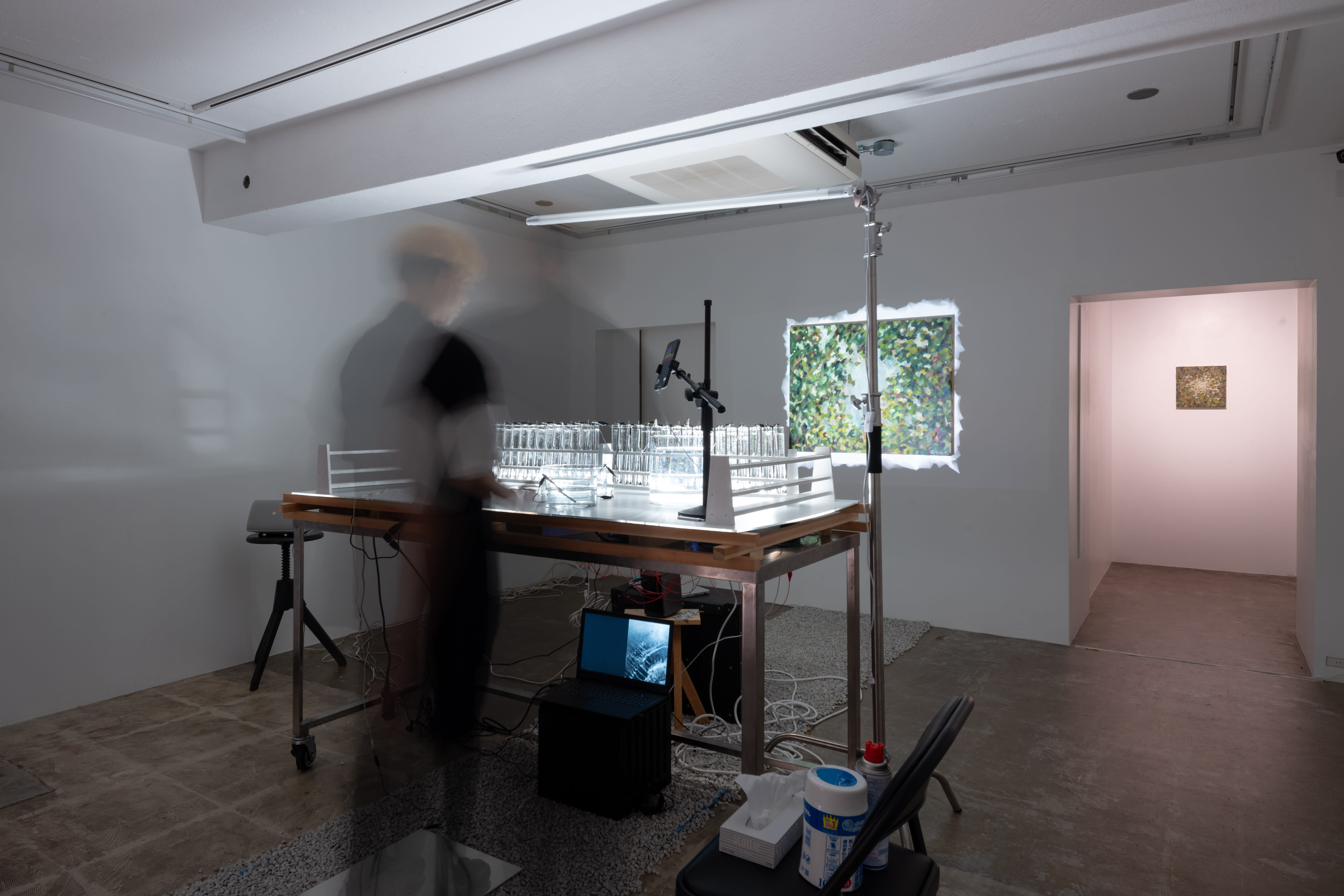
Ikki Kawanishi, MA Regenerative Design
Meet the students designing for a more-than human world
Working on their individual research interests, students have been carrying out fieldwork in their home localities, building the foundations that will shape their voices as regenerative practitioners. Interrogating what it means to design for a more than human world, they have been learning from local ecosystems and cultures, as Judith describes it, “exploring regeneration as a profit of ecology and a tool to build relations between the world around us.”
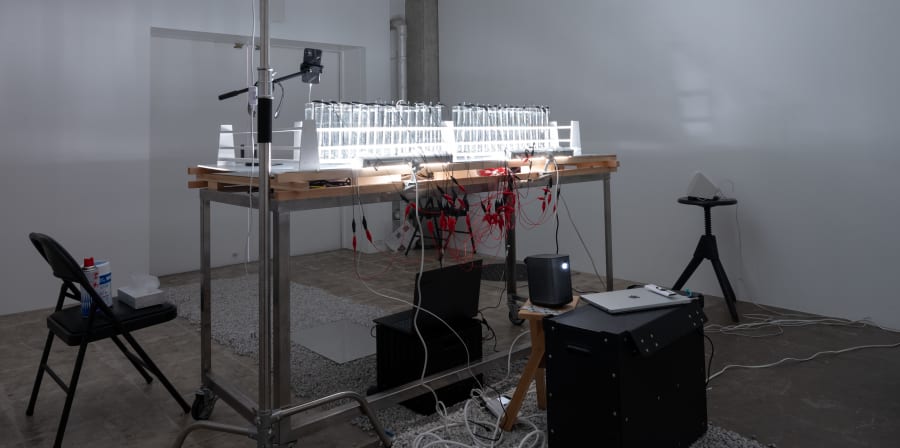
Ikki Kawanishi: Terra Resonantia
Ikki’s High-Resonance Stream combines art, dance and technology with nature to capture resonance through diverse sound experiences:
“Environmental sounds recorded by microphones randomly placed in forests, oceans and cities present complex relationships between natural phenomena and life, creating a multi-dimensional sound experience.
Dancers interact with the sounds collected in different parts of Japan and interactive images projected on to an oil painting visualise their fluctuating brain waves in real time. The idea is about creating an experience that transcends the boundaries of physical space, encouraging us to think about a world in which we humans are in constant flux and mutual resonance with nature and life in different environments.”
What new perspectives or practice did you develop during your studies?
My background in BA Textile Design influences an approach in MA Regenerative Design. I use the structure of fabrics as a metaphor to understand and reinterpret interactivity in nature. Instead of physically making fabrics, I focus on creating experiences that act as interfaces to facilitate and observe the generation and alteration of interactivity in nature.
How do you see your regenerative practice after your graduation?
I would like to pursue a PhD to advance my research. I aim to transition my theoretical ideas, which are currently speculative, into practical applications within society.
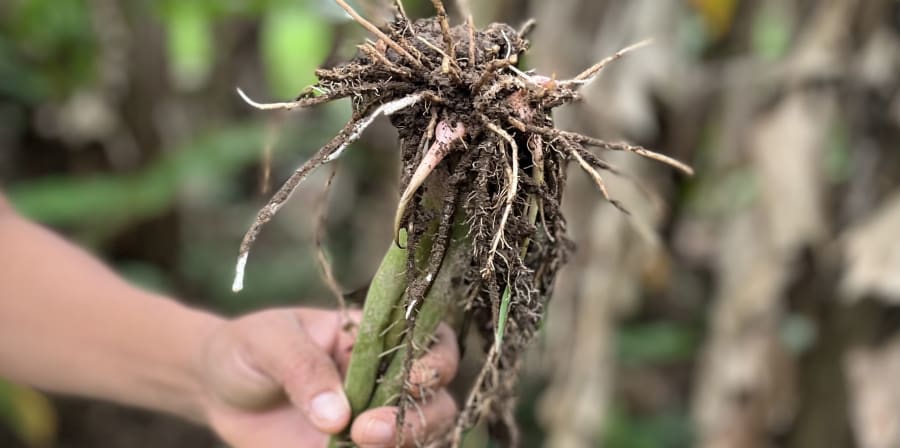
Bruna Cerasi: Root-led design
Bruna’s research and fieldwork is based in Brazil, where she is exploring ways to layer today’s tools and methodologies over a return to the collective forms of wisdom of our ancestors. Bruna’s work implores us to see the disconnect: “in building our capitalist societies we have un-learned how to live with nature and ancestral practices of thinking and living as a collective. However, when we look at nature, even in its tiniest detail and when we consider ancestral cultures, collective references are there."
“Enchantment crosses us. It can be the link to create new visions of the world. The link to connect us humans with the more than humans. Maybe that's what indigenous wisdom has been trying to teach us.”
How can we bring indigenous knowledge to the centre of design thinking and access rooted stories to co-create new design values and relations with the more-than-human world? Though pairing traditional and ancestral values and forms of knowledge with the scientific and the contemporary. By merging ancestral and contemporary learning, fusing together the human and the more-than-human, and using art as an ecopolitical tool for knowledge.
Bruna's proposal brings us back into dialogue with nature and provokes us to connect with roots to be able to experiment a new way of co-designing.
What new perspectives or practice did you develop during your studies?
During my studies I have created a new perspective over the design practice and the importance of shifting mindsets to design towards regeneration. Social design expanded when dialoguing with traditional communities and learning from different collective intelligences within the more-than-human worlds. I was able to access a deeper understanding of what being in place means and built surprising connections with the more-than-human I crossed paths with. It was while getting enchanted from different living beings that I connected back with roots as this key ecosystem element with an important role of sustaining life through relations and with a beautiful potential of revealing forgotten wisdom.
How do you see your regenerative practice after your graduation?
Keep observing, learning, and growing from relations around me. My aim is to keep building up into root-led narratives and to play an active role in provoking the means of “social design” when expanding dialogues towards more-than-humans.

Laura Middlehurst: The Good Companions
“The Good Companions” is a symbiosis of care, multi-species kinship and community storytelling. Utilising storytelling as my main medium - be that through materials, the written word, or actions - I talk to humans and the more-than-human, to encourage empathy and care.
It’s important for me to develop place-based approaches to my projects, particularly in times of climate change, as the rising sea levels mean that areas around the world will be lost underwater, with the region of the UK that I live becoming a small island yet again. By exploring how climate change can impact island communities, territories, borders, migration, extinction and cultures, I aim to develop and foster new rituals, tools and networks of care to aid in the development of new cultures and adaption to changing climates.
Asking “How do we flourish as a multi-species community, how to we care for land and sea whilst living in a time of flux? How do we reconnect with the land and sea, stop extractive processes and live in a balanced ecosystem?”
By adapting to these changing times, society needs to aim for a future where symbiosis between humans, non-humans and environments is thriving. Looking to our ancestors and our lost stories for inspiration, newly formed rituals of care can provide a space where we can care for each other and learn from each other. By developing resilient communities in our local region who have become used to co-existing with nature and other species, we have more of a chance to survive in the future.
What new perspectives or practice did you develop during your studies?
Since beginning my studies, I have felt a significant shift in my practice. I now have a more considered approach to design, one that is not based on the capitalistic norm of productivity but more rooted in time and reflection. I believe that practice should come through values, reflection, research, collaboration, co-creation, local vs global, dialogue, collectiveness and self, communication and storytelling, all with the spirit of the other at the forefront. By addressing our practice now, we can develop new language and stories of healing for the future, leaving behind us remnants of a hopeful future of change and connection.
How do you see your regenerative practice after your graduation?
My aim is to continue working with place-based storytelling projects, that work towards shifting perspectives away from the human-centric towards an equitable relationship and kinship with the more-than-human. Can I also start to bring about radical change by encouraging other designers to adopt this process, to embed this living-system approach into their work as gentle daily acts? By changing daily habits and enabling acts of care and reflection, I hope to make progress in this “quiet revolution” of change. If we can achieve this, we have a chance in establishing a mutually enhancing future together.
MA Regenerative Design
-
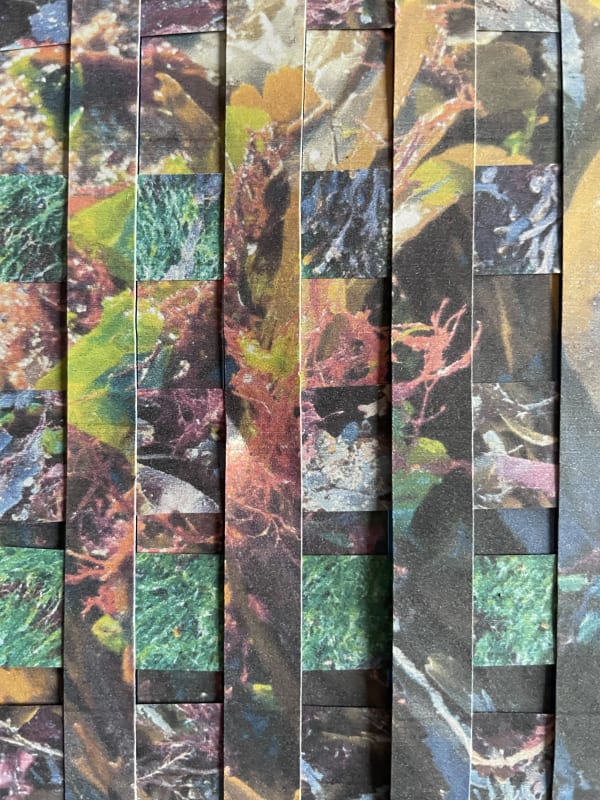
Credit: Laura Middlehurst
